Surgical Airway
Surgical Airway (Cricothyrotomy, or just cric) is an emergency procedure used to secure an otherwise unusable airway.
The surgical airway is performed by making an incision on the cricothyroid membrane and inserting a tracheostomy tube, bypassing the upper airway.
It’s used in the cases of serious face/head or airway trauma where inserting an airway adjunct through other means isn’t possible, it also bypasses the glottis which may be closed or blocked from certain conditions.
Use
A surgical airway can be established if the medic has a ![]() CricKit available, the patient will be laid flat and any manual airway manuevers will be cancelled.
CricKit available, the patient will be laid flat and any manual airway manuevers will be cancelled.
The surgical airway may be cancelled if no incisions are made, after the first incision the CricKit will be consumed even if the action is cancelled.
Open incisions will cause the patient to continually bleed until they are stitched after completion, if the action fails or is cancelled with open incisions they will need to be bandaged and stitched instead.
Once established the surgical airway will not be able to be removed, and the patient will stay unconscious.
Indications
Severe airway inflammation and unmanaged airway spasm block the airway, prevent insertion of another advanced airway or make mechanical ventilation ineffective.
A patient with these conditions will not be able to breathe, the surgical airway is the only way to prevent death.
Procedure
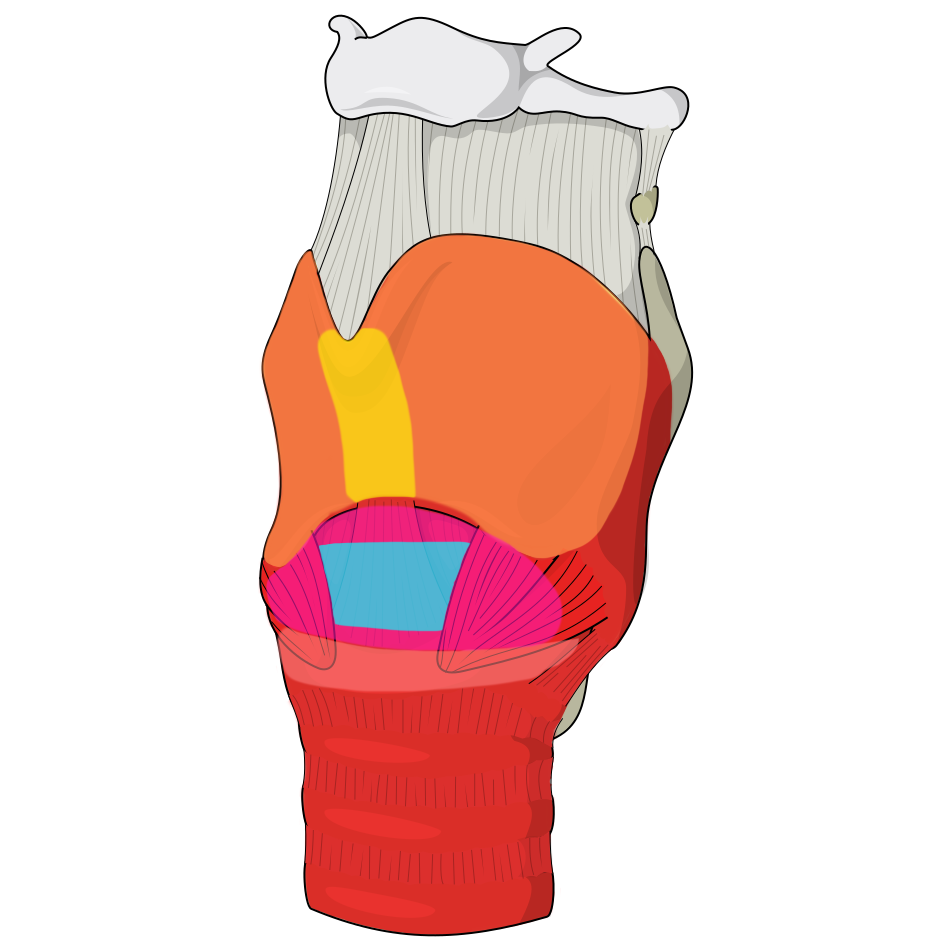
Equipment
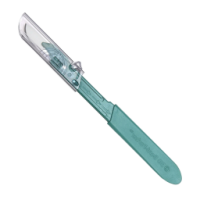 Scalpel
Scalpel
- Used to make vertical and horizontal incisions
- Discarded after incisions are complete
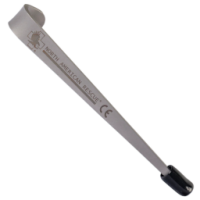 Tracheal Hook
Tracheal Hook
- Used to hold incision open while inserting cric-key
- Discarded after cric-key is inserted
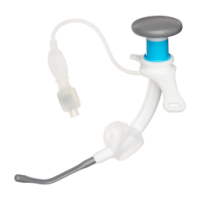 Cric-Key
Cric-Key
- Used as the breathing tube
- Has a stylet that needs to be removed after insertion
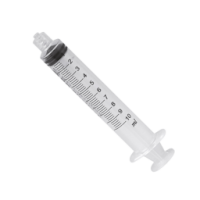 Syringe
Syringe
- Used to inflate cric-key pressure cuff to seal the airway
- Discarded after cuff is inflated
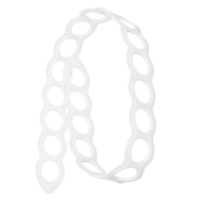 Neck Strap
Neck Strap
- Used to secure cric-key to the neck of the patient
Procedure Steps
Surgical airway is performed by palpating for the cricothyroid membrane, making a vertical and horizontal incision, then inserting and securing the cric-key, after completion the incision will also need to be stitched to prevent bleeding.
Palpating is performed by right-clicking with no equipment selected.
The scalpel can be rotated by right-clicking.
Vertical Incision
- Locate thyroid cartilage ridge, and locate the cricothyroid membrane area
- Select the scalpel
- Cut vertically over the cricothyroid membrane area aligned with the thyroid cartilage ridge to keep the incision centered
- Return the scalpel
Horizontal Incision
- Palpate over the incision over the cricothyroid membrane area to confirm the cricothyroid membrane location and expand the incision
- Select the scalpel, and prepare for a horizontal incision
- Cut horizontally along the cricothyroid membrane
- Discard the scalpel
Cric-Key Insertion
- Select the tracheal hook and lift the incision
- Select the cric-key and insert it into the lifted incision
- Remove and discard the tracheal hook
- Select the syringe
- Inflate the cuff fully
- Return the syringe
- Remove the stylet from the cric-key
- The surgical airway has been established
- Select the neck strap
- Connect the neck strap to both sides of the cric-key
- The surgical airway has been secured
After Establishing Surgical Airway
- The open incision will continually bleed and will need to be stitched
- If the neck strap has not been secured during the procedure it needs to be secured after, if not strapped the cric-key may move and limit or prevent breathing
 ACM Wiki
ACM Wiki